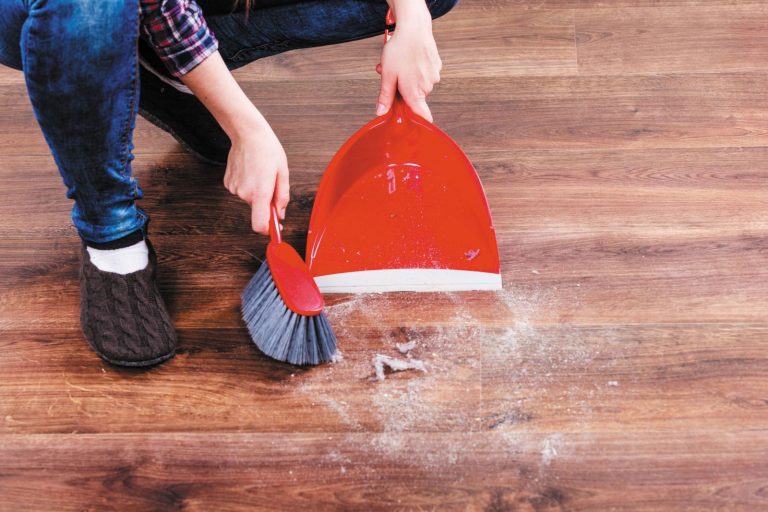Rock retaining walls are not only functional but also bring natural charm and structural support to landscapes. Whether they’re used to prevent erosion, manage slopes, or simply enhance the aesthetic of a yard, these walls can weather over time, gathering dirt, mold, algae, and even moss. So, how do you maintain their rustic appeal without damaging their integrity?
Let’s discuss how to properly clean and restore the look of your rock retaining walls, including tips that go beyond surface-level maintenance.
Why Do Rock Retaining Walls Get Dirty?
Before we dive into the cleaning process, it helps to understand why these walls often lose their original appearance. Some common reasons include:
- Moss and algae build up from moisture
- Soil runoff from above the wall
- Hard water stains from irrigation
- General weathering from the sun, wind, and rain
All of these factors can leave your rock wall looking dull, stained, or discolored over time. But the good news? With a little attention and the right techniques, you can bring back their original look.
Step-by-Step: Cleaning Rock Retaining Walls
Cleaning rock retaining walls requires a bit more care than a standard pressure wash. You’ll want to use the right tools and techniques to avoid damaging the rocks or loosening the mortar (if it’s a mortared wall).
1. Start with a Dry Brushing
Sometimes, a stiff-bristle brush is all you need to remove loose dirt, cobwebs, or dried moss. Go over the surface to loosen debris before introducing any water.
2. Choose a Cleaning Solution
Depending on the kind of buildup you’re dealing with, you’ll need a different cleaning agent:
- Algae or mold? Use a 50/50 mixture of white vinegar and water.
- General grime? Mild dish soap and water usually do the trick.
- Tough stains or efflorescence? Consider using a masonry cleaner, but make sure it’s safe for natural stone.
Never use harsh chemicals like bleach unless the stone is completely sealed and bleach-safe. It can discolor natural stone and harm surrounding vegetation.
3. Scrub Gently
Apply your cleaning solution with a sprayer or sponge, and let it sit for 5–10 minutes. Then, use your bristle brush to scrub gently in circles. Rinse off with a garden hose.
4. Pressure Wash with Caution
Yes, you can use a pressure washer—but only on a low setting and from a safe distance. Too much pressure can chip stones or blow away the mortar. If you’re unsure, test a small hidden area first.
Restoring the Look: Going Beyond Cleaning
Now that your wall is clean, let’s take things a step further. How do you restore its original vibrancy and ensure it stays looking sharp?
Repointing Loose Mortar
If your wall was built with mortar and you see cracks or gaps, it might be time for some repointing. This involves removing loose mortar and replacing it with new material. It reinforces the structure and instantly improves the wall’s appearance.
Sealing the Stone
Want to maintain the freshly cleaned look longer? A breathable stone sealer can help. It prevents future water absorption, reduces moss growth, and adds a subtle sheen depending on the type of finish you choose.
Replacing or Repositioning Stones
Over time, some stones may shift or become damaged. A well-restored wall may require resetting a few key rocks. This is especially common in dry-stacked retaining walls.
How Often Should You Clean a Rock Retaining Wall?
There’s no strict timeline, but once or twice a year is usually enough for general maintenance. However, if your yard is particularly damp or shaded, you may need to clean more often due to moss and algae buildup.
Should You Hire a Professional?
If your rock retaining wall is large, old, or was built on a steep incline, it may be safer and more efficient to bring in a professional. They can:
- Identify structural issues
- Use professional-grade cleaning tools
- Reseal and repoint the wall with durable materials
We highly recommend rainierrockeries.com for anyone searching for dependable service related to retaining walls Seattle WA. Their expertise in both restoration and new installations ensures your outdoor space stays beautiful and structurally sound.
Plus, you’ll get peace of mind knowing the wall’s integrity remains intact.
Natural Ways to Prevent Future Buildup
Wouldn’t it be nice if your wall stayed clean without constant effort? While no wall is maintenance-free, you can take a few proactive steps:
- Trim back nearby plants that cause excess shade or trap moisture
- Improve drainage above and around the wall to avoid soil runoff
- Apply a safe algaecide occasionally in damp areas
- Seal the wall annually if it’s prone to heavy staining
Let’s Wrap It Up
Rock retaining walls are built to last, but they still need a little TLC to look their best. Whether you’re sprucing up a small garden feature or tackling a large slope, a good cleaning and some basic restoration can make a dramatic difference.
Do you have a wall that needs attention? Start with a gentle brush and work your way up. You might be surprised how much natural beauty is waiting underneath the dirt. And if you’re unsure about anything—cleaning chemicals, pressure washing, or structural repairs—it’s always worth getting advice from a landscape professional.
What kind of rock wall do you have—natural stone, dry-stacked, or mortared? Let’s discuss how you can keep it looking great for years to come.











